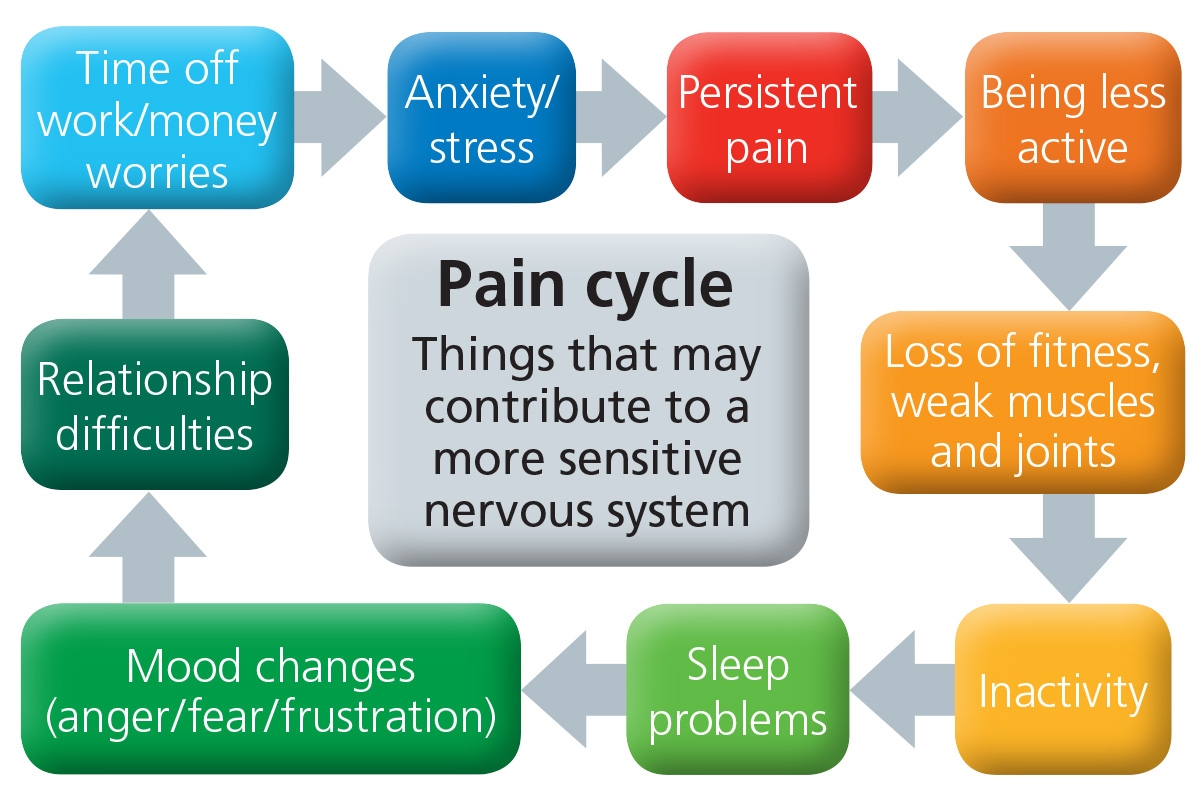Pain management refers to the techniques and treatments employed to alleviate or control pain. It involves various medical, psychological, and physical interventions that aim to improve the quality of life for individuals experiencing pain. This article provides an overview of some common pain management approaches.
One commonly utilized technique is pharmacological intervention. This involves the administration of medication to relieve pain. Analgesics, such as nonsteroidal anti-inflammatory drugs (NSAIDs) and opioids, are commonly prescribed to manage acute or chronic pain. These medications work by blocking or reducing the pain signals in the body, providing temporary relief.
Non-pharmacological interventions are also effective in pain management. Physical therapy is commonly used to improve mobility and function while reducing pain. Techniques such as exercise, heat or cold therapy, and electrotherapy help alleviate pain by increasing blood flow, reducing inflammation, and releasing endorphins.
Cognitive-behavioral therapy (CBT) is another important approach in pain management. It focuses on changing an individual’s thoughts, behavior, and emotional responses related to pain. CBT teaches coping mechanisms, stress reduction techniques, and relaxation exercises to help individuals manage pain more effectively.
Alternative therapies like acupuncture, massage, and yoga have gained popularity in pain management as well. Acupuncture involves the stimulation of specific points on the body to alleviate pain, while massage therapy aims to relax muscles and improve circulation. Yoga combines physical postures, breathing exercises, and mindfulness to help individuals manage pain and improve overall well-being.
In addition to these interventions, interdisciplinary pain management programs have proven effective in providing comprehensive care. These programs bring together a team of healthcare professionals, including physicians, psychologists, physical therapists, and social workers, to create individualized treatment plans for patients.
In conclusion, pain management encompasses various techniques and treatments to relieve or control pain. These include pharmacological interventions, non-pharmacological approaches such as physical therapy and cognitive-behavioral therapy, alternative therapies like acupuncture and massage, and interdisciplinary pain management programs. By combining these strategies, healthcare professionals can help individuals effectively manage pain and improve their overall quality of life.
Why do doctors refer you to pain management?
If you have chronic pain, meaning pain that has lasted for over three months, your doctor may refer you to a pain clinic. If your pain is significantly affecting your life and daily functioning, you are more likely to be referred. You may be referred with or without a diagnosis for your chronic pain.
What are 3 different types of pain management?
Key pain management strategies include: pain medicines. physical therapies (such as heat or cold packs, massage, hydrotherapy and exercise) psychological therapies (such as cognitive behavioural therapy, relaxation techniques and meditation)

What is meant by pain management?
Through a pain management plan, healthcare providers help people manage all kinds of pain. Pain management approaches include medications, injections, therapy and exercise. Your provider may recommend one approach or a combination of several.
How long can you be in pain management?
Acute Pain Management: In situations of acute pain, such as pain management after an accident or surgery, pain management is usually only necessary for a few weeks or months. The purpose is to help patients get through the recovery period.


